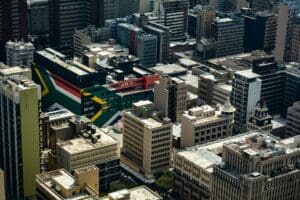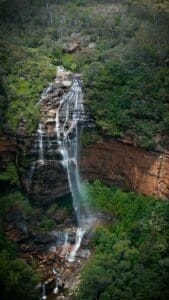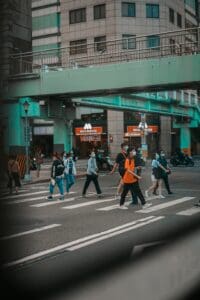See original post here.
Disasters can push the world’s poorest deeper into poverty. Now aid agencies are trying something new. They’re giving small bits of cash to people just before disaster strikes, instead of waiting until afterward.
While these experiments are in the early stages, and there is little research on their effectiveness, there are signs that they can help people protect themselves and their property in ways they couldn’t otherwise.
This approach has been tried out in several different circumstances: before a cyclone was due to make landfall in Mozambique last March, before a hurricane brought torrential rains to Central America last October, and now, to help people move away from the landslide-prone slopes of Mount Elgon in Uganda.
The reason these one-off payments, known as anticipatory cash relief, matter now is that disasters are being supersized by human-induced climate change, and they’re often inflicting the most pain on the poorest people in the world. When crops or property are uninsured, sudden disasters like floods, or a slow ones, like droughts, can be ruinous. People can lose their only means to make a living, their land, and their only assets, livestock animals.
Consider what happened when the World Food Program sent about $50 to 23,000 families who lived along the Jamuna River in Bangladesh, just days before the area was projected to be hit with extreme floods in July 2020. People who got the money were “less likely to go a day without eating” during those floods, compared with those who didn’t receive payments, according to an independent review by researchers at the University of Oxford and the Center for Disaster Protection, which is funded by the British aid agency.
More surprising, even three months later, researchers found that those who received cash were eating better, and they were less likely to have sold off their animals or taken out high-interest loans.
Cash relief as a general antipoverty tool has also yielded surprising gains. A recent global study of seven million people in 37 countries found that giving cash directly to poor people led to fewer deaths among women and children. Another study found that cash aid averted food insecurity in some places in southern Africa nearly 20 years ago, although not in others, where food prices soared.
In the United States, cash assistance to mothers for the first year of their children’s lives strengthened their babies’ brain development. Dozens of American cities have pilot projects to give poor residents no-strings-attached cash.
Now comes the additional pressure of extreme weather, both slow and fast, aggravated by the burning of coal, oil and gas. Proponents of cash relief say it’s a more efficient way to use aid money because cash incurs fewer logistical expenses and funnels money directly into the local economy.
“Cash transfers help families survive climate disasters,”
said Miriam Laker-Oketta, research director for GiveDirectly, an aid group that does just that. “Cash provides choice and reaches quickly.”
Skeptics say they are a Band-Aid solution that is no match for a battery of hazards that poor people face in the global South: deadly heat, rising sea levels, erratic rains. Not everyone who needs it will get cash. “It’s not sustainable. There will always be a limitation to where that money is coming from,” said Wanjira Mathai, a managing director at the World Resources Institute, an advocacy group.
Cash payments are increasingly being tried out in different places. The International Federation of Red Cross and Red Crescent has given cash to Mongolian shepherds during severe cold snaps and to families in Guatemala and Honduras just before Hurricane Julia brought catastrophic floods last October.
The World Food Program has been offering cash not just before a sudden disaster but also, in Ethiopia, before a long drought set in. People used the money to buy food, to pay off loans and, if they were also given drought forecasts, to buy food and medicines for their animals, the agency concluded in its own analysis.
Dr. Laker-Oketta’s group has targeted villages in Malawi, also hard hit by drought in recent years. Last year, it sent families two installments of $400.
In one southern village, Chipyali, the chief, Adidja William, bought a tiny solar panel, which allowed her to put up a light and a fan at home. Suwema Grey bought five goats.
And Maggie Dyton built a brick and tin house to replace her old one, which was made from mud and thatch and leaked every year in the rains. She ran out of money to buy wood for the door, though. She spent the last bits of her cash aid on food.
Even without a door, she was relieved she had finished her house before the torrential rains came this year on the back of Cyclone Freddy. “The old house,” she said, “would have been completely destroyed.”
The limits of cash relief were also on full display in Chipyali. Some of those who spent it on expensive hybrid seeds and chemical fertilizers, as they had been advised, lost everything. The rains washed away all they had planted.





















